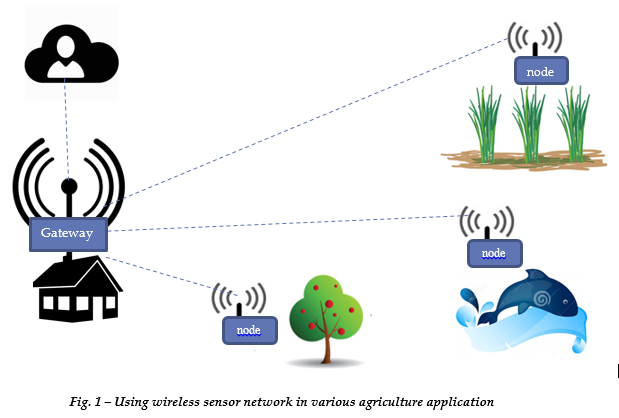Install Eclipse Kura on Orange Pi Zero (9$; 512MB of RAM)

Orange Pi is a series of cheap single-board computers. It can run It can run Android 4.4, Ubuntu, Debian, Rasberry Pi Image. In this post, I tried to install Eclipse Kura on a Orange Pi Zero which has the AllWinner H2 SoC, and has 512MB DDR3 SDRAM. This board will be the next generation for our system (Agrinode project). The fist step, we install Kura on the board and test is to verify that it can work correctly as the Raspberry Pi. This post is also available at AgriNode project page: https://agrinode.github.io/docs/orangepi/ Install Debian on Orange Pi Please follow the link: https://docs.armbian.com/User-Guide_Getting-Started/ Install default java JRE/JDK on Debian (JDK 7) Web Browser Plugin To install the default Web Browser Plugin on your system, run: apt-get install icedtea- plugin JRE To install the default JRE (Java Runtime Environment) on your system, run: apt-get install default -jre JDK To insta...


